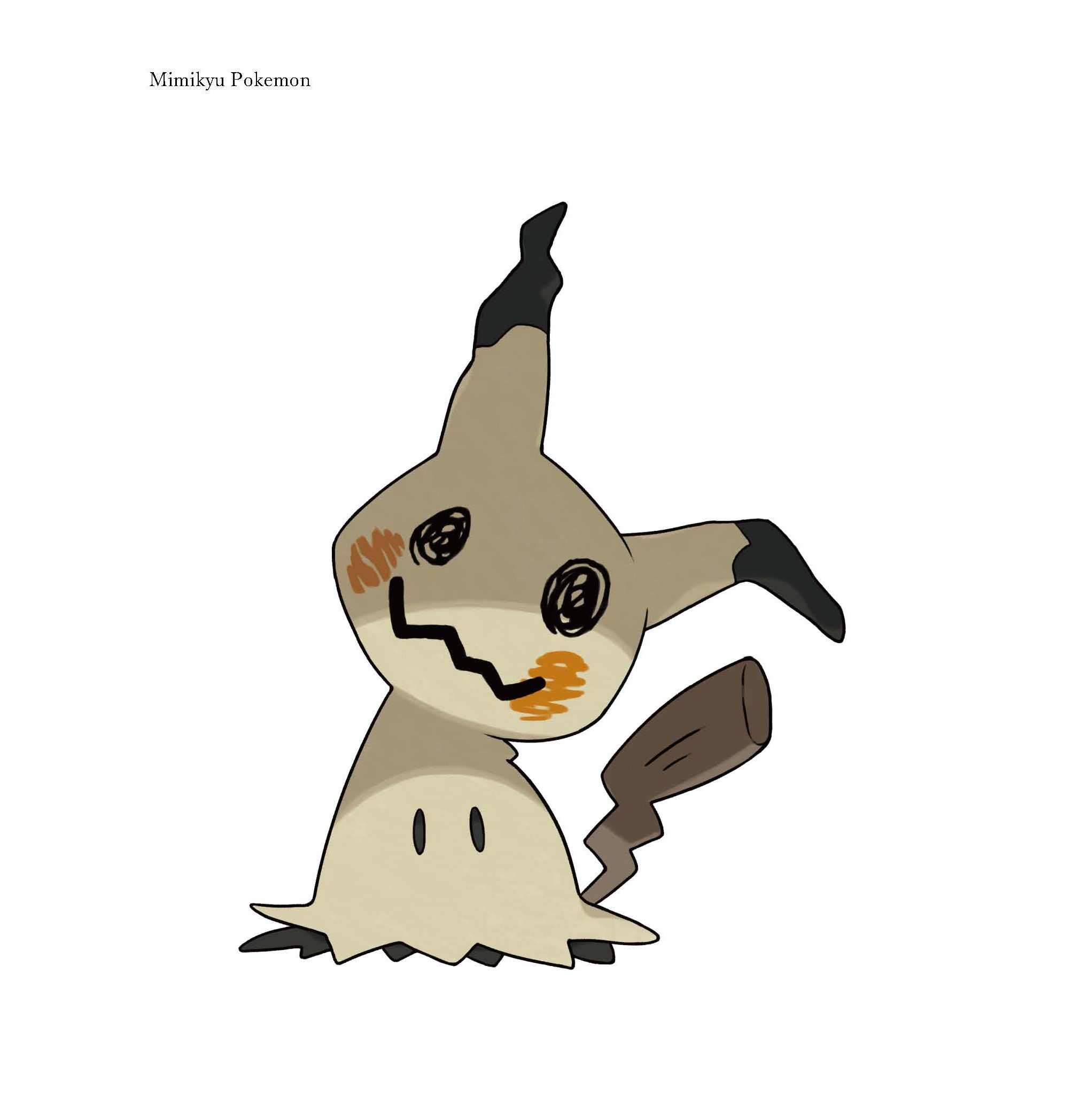Pokémon
Pok Pok, the restaurant group known for its Thai street food and Northern Thai dishes, closed most of its locations earlier this year, with the expectation that the original location on SE Division and one Pok Pok Wing might reopen down the line. Friday morning, however, owner Andy Ricker announced on Facebook that the restaurant group was done. PoK-e-Jo’s has been serving Austin unbelievable BBQ since 1979. We know tender, melt-in-your-mouth BBQ, fresh sides, and Texas hospitalityand that’s exactly what we deliver. Dine-in, to-go, and catering, we deliver some of the best barbecue around.
- Pokémon: Black and White and thread (all) over! « 1 51 52 53 54 55 56 57 ».
- Want to play.io Games? Play Slither.io, Paper.io 2, Snake.is MLG Edition and many more for free on Poki. The best starting point for discovering.io games.
- Centralno kupoprodajno mjesto u BiH, oglasi, kupoprodaja, automobili, nekretnine, mobiteli, nove i polovne stvari.
| Acronym | Definition |
|---|---|
| POK | Pakistan Occupied Kashmir |
| POK | Protect Our Kids (CNET software) |
| POK | Portable Oxygen Kit (US DoD) |
| POK | Physically Obscured Key |
| POK | Prutat Och Klart (Swedish: price is negotiated and done) |
| POK | Port of Kaohsiung (Taiwanese container port) |
| POK | Planes of Knowledge (Everquest expansion) |
| POK | Pedal-Operated Keyboard (sound recording) |
| POK | Production-Ordering Kanban |
Want to thank TFD for its existence? Tell a friend about us, add a link to this page, or visit the webmaster's page for free fun content.
Link to this page:

Ahi poke made with tuna, soy sauce, sea salt, green onions, Maui onions and limu | |
| Type | Salad |
|---|---|
| Course | Appetizer |
| Place of origin | Ancient Hawaii[1][2] |
| Region or state | Hawaii[1][2] |
| Main ingredients | Yellowfin tuna, sea salt, soy sauce, inamona, sesame oil, limu seaweed, chili pepper |

Pok Pok
/cdn.vox-cdn.com/uploads/chorus_image/image/66962528/Gallybat.0.jpeg)
Poke/poʊˈkeɪ/ (Hawaiian for 'to slice' or 'cut crosswise into pieces';[3][4] sometimes stylized 'poké' to aid pronunciation[5][6][7]) is diced raw fish served either as an appetizer or as a main course and is one of the main dishes of Native Hawaiian cuisine. Traditional forms are aku (skipjack tuna) and heʻe (octopus). Heʻe (octopus) poke is usually called by its Japanese name tako poke, except in places like the island of Niʻihau where the Hawaiian language is spoken. Increasingly popular ahi poke is made with yellowfin tuna. Adaptations may feature raw salmon or various shellfish as a main ingredient served raw with the common poke seasonings.[8]
History[edit]
The traditional Hawaiian poke consists of fish that has been gutted, skinned, and deboned. It is served with traditional condiments such as sea salt, candlenut, seaweed, and limu.[9]
According to the food historian Rachel Laudan, the present form of poke became popular around the 1970s. It used skinned, deboned, and filleted raw fish served with Hawaiian salt, seaweed, and roasted, ground candlenut meat. This form of poke is still common in the Hawaiian islands.[2]
Beginning around 2012, poke became increasingly popular in North America.[10][11][12] From 2014 to mid-2016, 'the number of Hawaiian restaurants on Foursquare, which includes those that serve poke,' doubled, going from 342 to 700.[10] These restaurants serve both traditional and modern versions of the dish. The modern version is sometimes called poké bowl, and has the ingredients arranged in a grouped way rather than mixed. Variations may include avocado, ponzu sauce, teriyaki sauce, mushrooms, crispy onions, pickled jalapeño, sriracha sauce, cilantro, pineapple, or cucumber. Unlike traditional Hawaiian poke, the mainland style is typically not pre-marinated, but is instead prepared with sauces on demand. Contemporary poke restaurants are mostly—but not exclusively—fast casual style restaurants where the dish is fully customizable from the base to the marinade on the fish. They may use other seafood but ahi tuna is the most popular.
There is a three-day 'I Love Poke' festival to celebrate the dish and its many variations.[13]
Ingredients[edit]
Poke began with fishermen seasoning the cut-offs from their catch to serve as a snack.[9] While poke is a regional American-based cuisine from Hawaii, traditional poke seasonings have been heavily influenced by Japanese and other Asian cuisines. These include soy sauce, green onions, and sesame oil. Others include furikake (mix of dried fish, sesame seeds, and dried seaweed), chopped dried or fresh chili pepper, limu (seaweed), sea salt, inamona (roasted crushed candlenut), fish eggs, wasabi, and Maui onions. Other variations of poke may include cured heʻe (octopus), other types of raw tuna, raw salmon and various kinds of shellfish.[8]

Traditional Hawaiian poke may consist of cubed raw fish, maui onions, Inamona (a condiment made of roasted, salted candlenut), Limu, soy sauce, green onions, or sesame oil.[14]
Similar dishes[edit]
Poke comes from the same culinary and linguistic origins as other Polynesian fish salads such as oka in Samoa, ika mata in the Cook Islands, and kokoda in Fiji.[15]
A very similar dish is the kinilaw of the Philippines, known as the 'Philippine ceviche'. Kinilaw is usually raw diced fish marinated in citrus juice, sour fruits, or vinegar with extracts from mangrove bark or fruits (and sometimes coconut milk). It is indigenous to the islands, with traces recovered from archaeological sites dated to the 10th to 13th centuries AD. This process can also be applied to other seafood and lightly blanched or grilled meat (the latter being generally differentiated as kilawin).[16][17][18] The dish was introduced to Guam during the Spanish colonial period, resulting in the derivative Chamorro dish of kelaguen.[19][20]
The Ilocano dish poqui poqui of the Philippines also likely derived its name from poke, after the influx of Ilocano sugarcane workers to Hawaii during the American colonization of the Philippines. However, they are very different dishes, with poqui poqui being a scrambled egg dish with grilled eggplants and tomatoes.[21][22]
Raw fish dishes similar to poke that are often served in Europe are fish carpaccio and fish tartare. Also similar to poke are Korean hoedeopbap, marinated raw tuna served over rice, and Peruvian ceviche. Japanese sashimi also consists of raw seafood; other similar Japanese dishes are zuke don, a donburi dish topped with cured fish (usually tuna or salmon) along with avocado topped with furikake, and kaisendon, a more elaborate version served with additional non-fish toppings.
Pakistan Occupied Kashmir
See also[edit]
- Hoe
References[edit]
- Titcomb, Margaret (1972). Native use of fish in Hawaii (2nd ed.). Honolulu, Hawaii: University of Hawaiʻi Press. ISBN9780870227974. OCLC309517.
- ^ abMatt Dean Pettit (10 April 2018). The Great Shellfish Cookbook: From Sea to Table: More than 100 Recipes to Cook at Home. Appetite by Random House. p. 161. ISBN978-0-14-753058-5.
- ^ abcLaudan, Rachel (1996). The Food of Paradise: Exploring Hawaii's Culinary Heritage. University of Hawaii Press. pp. 37–38. ISBN9780824817787. Retrieved 2017-01-28.
- ^Martha Cheng (24 January 2017). The Poke Cookbook: The Freshest Way to Eat Fish. Potter/Ten Speed/Harmony/Rodale. pp. 7–8. ISBN978-0-451-49807-6.
- ^Mary Kawena Pukui and Samuel Hoyt Elbert (2003). 'lookup of poke'. in Hawaiian Dictionary. Ulukau, the Hawaiian Electronic Library, University of Hawaii Press.
- ^Noguchi, Mark. 'A Conflicted Chef From Hawaii Reacts to the Mainland Poke Bowl Trend'. First We Feast. Retrieved 11 June 2018.
- ^Tan, Rachel. '6 Things To Know About Hawaiian Poke'. Michelin Guide. Retrieved 11 June 2018.
- ^Cheng, Martha. 'How the Hawaiian poke bowl became the world's new fast food'. Hawai'i Magazine. Retrieved 11 June 2018.
- ^ abTalwar, Kalei (17 July 2009). 'Make Hawaii-style ahi poke wherever you are. Here's a recipe'. Hawaii Magazine. Retrieved 2015-11-24.
- ^ ab'Hawaiian Ahi Tuna Poke Recipe and History, How To Make Poke, Whats Cooking America'. whatscookingamerica.net. Retrieved 2015-11-24.
- ^ abVince Dixon, Data Dive: Tracking the Poke Trend: Proof that the Hawaiian dish is here to stay, Eater (September 14, 2016).
- ^
- Catherine Smart, The Hawaiian raw-fish dish poke is having a moment, Boston Globe (December 27, 2016).
- Laura Hayes, What Does a Hawaii-Born Chef Think of D.C.'s Poke Craze?, Washington City Paper (April 13, 2017).
- Jay Jones, Hawaii's endless poke craze, stoked by new twists and traditional dishes, Los Angeles Times (May 12, 2016).
- Hillary Dixler, Can Poke Be the Next Fast-Casual Trend? Why restaurateurs are building brands around the Hawaiian staple, Easter (January 22, 2016).
- ^Fabricant, Florence (2016-01-26). 'Poké, a Hawaiian Specialty, Emerges in Chelsea'. The New York Times. ISSN0362-4331. Retrieved 2017-05-05.
- ^Stradley, Linda (2015-05-16). 'Hawaiian Ahi Tuna Poke Recipe, Whats Cooking America'. What's Cooking America. Retrieved 2017-05-04.
- ^Namkoong, Joan (2001-01-01). Go Home, Cook Rice: A Guide to Buying and Cooking the Fresh Foods of Hawaiʻi. Bess Press. ISBN9780964335929.
- ^Grant, Ginny. 'Ika mata recipe'. Cuisine. Retrieved 5 April 2019.
- ^Ninah Villa (27 June 2015). 'Kinilaw History, Origin and Evolution – Into the Heart of Freshness'. Pinoy Wit. Retrieved 16 January 2017.
- ^'Tabon Tabon Fruit'. Market Manila. 8 January 2008. Retrieved 16 January 2017.
- ^Alan Davidson (2014). The Oxford Companion to Food. OUP Oxford. pp. 445–446. ISBN9780191040726.
- ^'Chicken Kelaguen & Flour Titiyas'. Annie's Chamorro Kitchen. 29 July 2013. Retrieved 16 January 2017.
- ^'Exploring Chamorro Cuisine'. Just Wandering. 20 June 2011. Retrieved 16 January 2017.
- ^Barnes, Patti. '24 Egg Recipes That Are Totally Cracked (But We Have To Try)'. TheRecipe. Retrieved 18 December 2019.
- ^'You Are Probably Wondering How the Filipino Dish 'Poqui Poqui' Got Its Name'. Yummy.ph. Retrieved 18 December 2019.
Pok A Dot
External links[edit]
Pokemon Showdown
| Wikimedia Commons has media related to Poke (Hawaii). |
